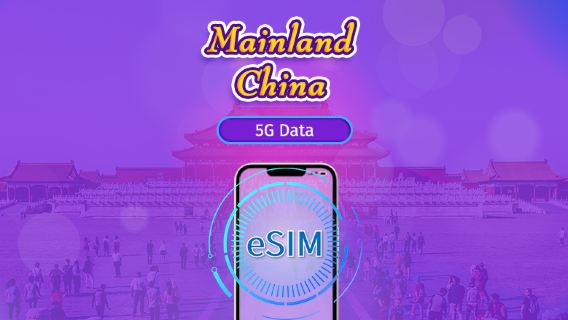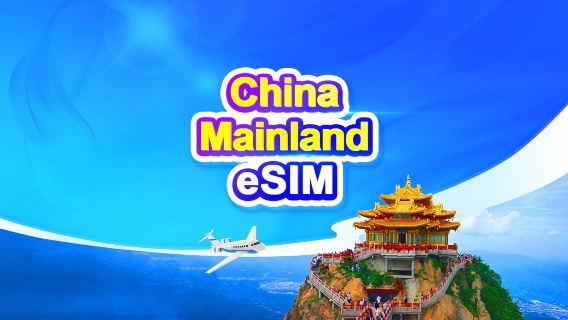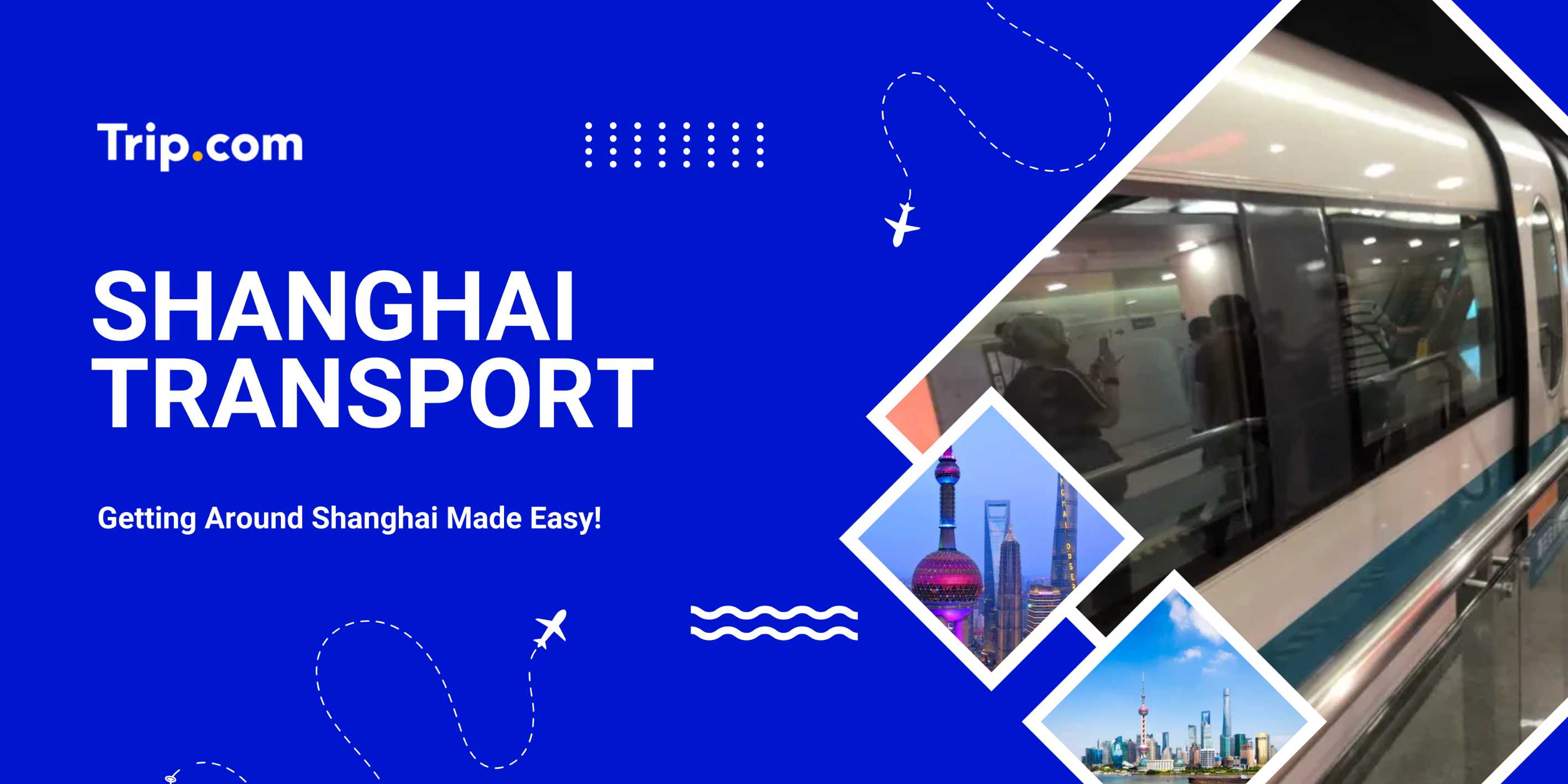
I was instantly impressed by how smooth and futuristic getting around Shanghai felt. The metro network? Insanely efficient. Buses? Surprisingly easy to use. And hopping on a ferry across the Huangpu River? Kinda magical at sunset.
While Shanghai is more fast-paced and chaotic than SG, there's a certain charm in how everything still runs like clockwork. If you’re used to SG’s orderliness, you’ll feel right at home—just with a bit more hustle and neon lights.
In this guide, I’ll walk you through Shanghai transport—metro, buses, taxis, ride-hailing, walking routes, and more. Here’s everything you need to know about getting around in Shanghai.
✈️ Shanghai Airport Transfers
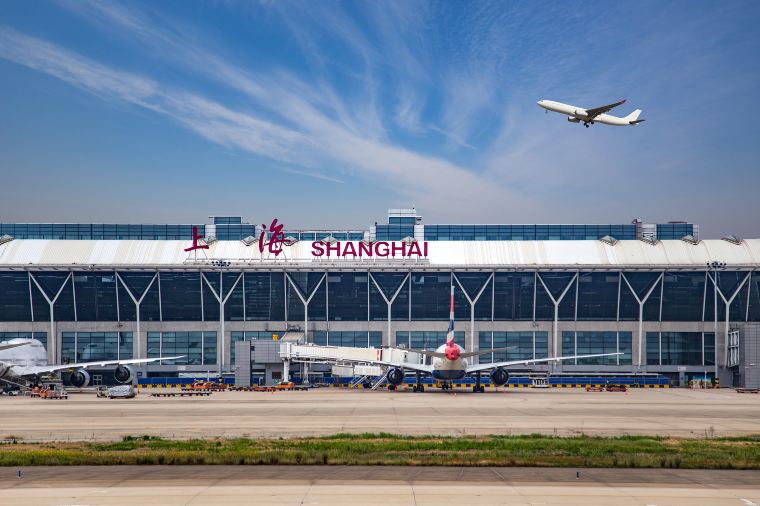
Getting from Shanghai's airports to the city is straightforward. For Pudong Airport (PVG), you can take the Maglev train, which is the fastest option, reaching the city center in about 8 minutes. Alternatively, airport buses, taxis, or ride-hailing apps like Didi are also reliable choices.
Hongqiao Airport (SHA), located closer to the city center, is well-connected by the metro and taxis. Both airports offer shuttle services.
👉 Read the full Shanghai Airport to city guide
🛤️ Maglev Train
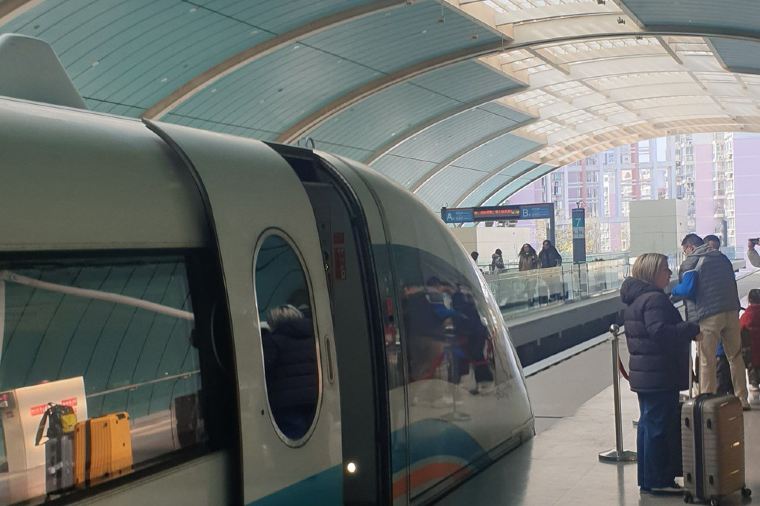
The Maglev Train is Shanghai’s high-speed train service connecting Pudong Airport (PVG) with Longyang Road Station on Line 2 of the metro. This is the world’s fastest commercial train, reaching speeds of up to 431 km/h (268 mph).
📍 Key Stops
- Pudong Airport (PVG): Start your journey from the airport terminal.
- Longyang Road Station: Connects to the Shanghai Metro Line 2, making it easy to continue your journey to the city center.
🕒 Timings & Frequency
Shanghai Maglev Train | |
Operating hours | From 6:45 AM to 9:30 PM |
Frequency | Every 15 minutes |
Journet time | Around 8 minutes |
💸 How to Ride?
Tickets can be purchased at counters or vending machines at the airport. Prices are typically around ¥50 (about S$9) one-way. You can pay in cash or use a Shanghai Public Transport Card.
⚠️ Watch-Outs
The Maglev only operates between Pudong Airport and Longyang Road. If you're flying into Hongqiao Airport (SHA), this service won’t be available.
🚇 Shanghai Metro
See the full metro map by clicking above (Source: Wikipedia)
The Shanghai Metro (上海地铁) is a lifesaver for first-time visitors—and let me tell you, it’s one of the best I’ve ever used. I felt right at Singapore with how clean, efficient, and air-conditioned it is. But wow, it’s huge.
With 20+ lines and over 500 stations, it connects just about every major neighborhood, tourist attraction, and even including both Pudong and Hongqiao airports. The signage is in both Chinese and English, so it’s quite navigable.
🕒 Operating Hours & Frequency
Shanghai Metro | |
First trains | Around 5:30am |
Last trains | Usually by 11:00pm (varies by line) |
Frequency | Every 2–5 minutes, even during off-peak hours |

💳 Ticket & Payment
Shanghai Metro is super affordable (¥2–9 per ride, about S$0.36-1.6). It’s well-maintained, air-conditioned, and very safe.
Most locals use the Shanghai Public Transport Card, which works like Singapore’s EZ-Link—you just tap in and out. You can buy one at metro stations and airports.
If you have Alipay or WeChat Pay linked to a Chinese bank account, you can scan QR codes to enter the gates.
📍 Key Tourist Stops
These stations are often busy but well-marked and tourist-friendly.
- People’s Square (Line 1/2/8) – Shopping, museums, and the heart of the city.
- Lujiazui (Line 2) – Iconic skyline views + Shanghai Tower.
- Yuyuan Garden (Line 10/14) – Classic old town vibes + food street.
- Disney Resort (Line 11) – Yes, there’s a direct line to Disneyland.
- Xintiandi (Line 10/13) – Dining, nightlife, and restored shophouses.
⚠️ Tips
- Line 2 (the east-west line) is usually packed—especially during peak hours.
- Station exits can be confusing—some have 8+ exits, so check signs carefully.
🚌 Buses
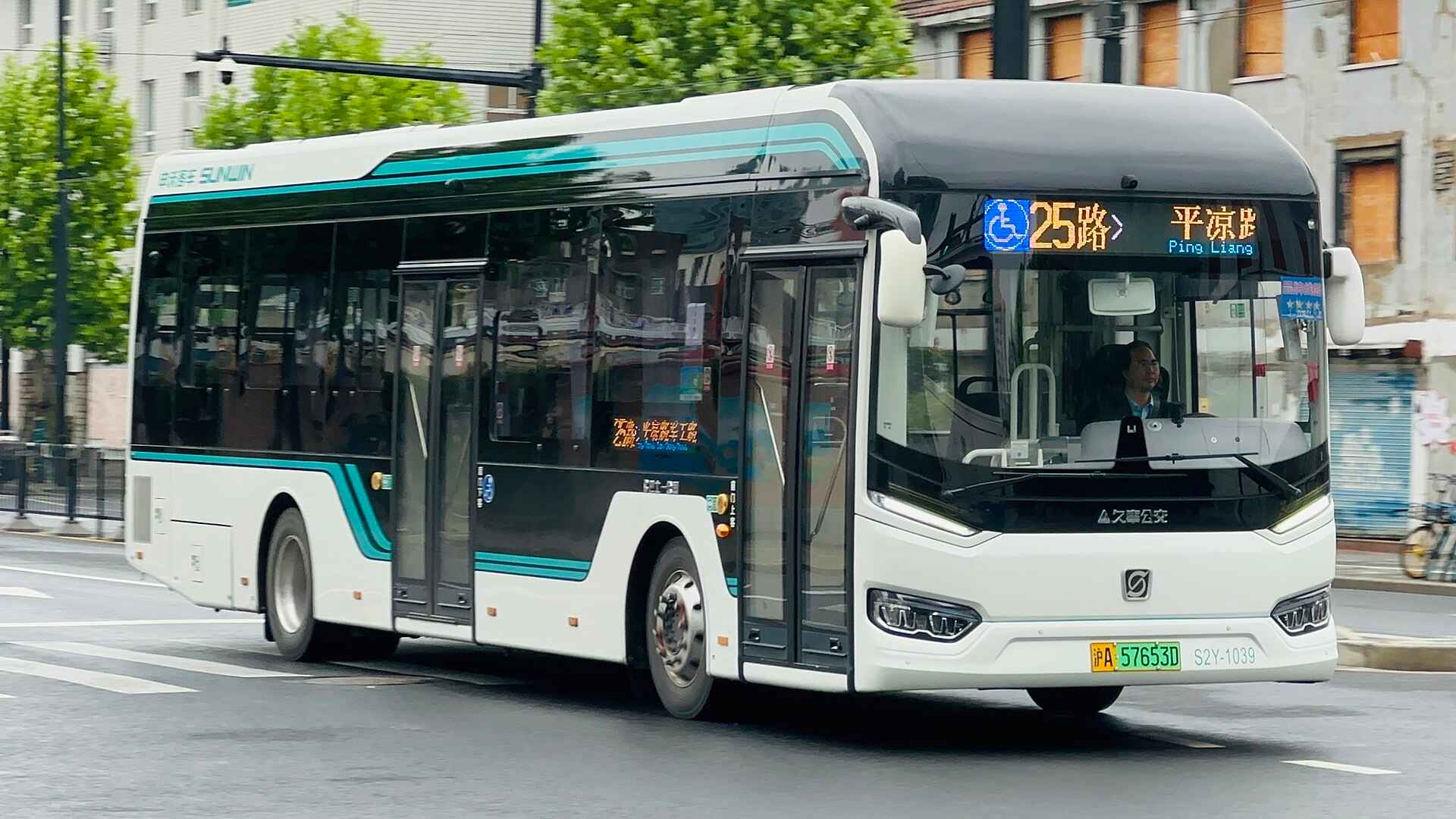
Source: Wikipedia
Shanghai’s buses are super local-friendly and very affordable—usually just ¥2 (about S$0.36) for most routes. They go where the metro doesn’t, covering older neighbourhoods, riverside parks, and even more residential areas in Pudong.
Buses are used mainly by locals, especially seniors, students, and workers—it’s not as common for tourists, mostly due to language barriers.
That said, if you’re feeling adventurous or looking for a more scenic way around the city, it can be worth trying.
🕒 Timings & Frequency
Compared to Singapore buses, they can feel more chaotic, and some buses are older—but they're usually safe, punctual, and well-connected. There’s no need to book; just wait at the stop and hop on.
Shanghai Bus | |
Operating hours | Most buses operate around 5:30am to 10pm, with some night routes available. |
Frequency | Every 5-15 minutes, depending on the route and time. |
💳 How to Ride?
You can pay using the Shanghai Transport Card (can also be used for the metro), or with exact cash. Some buses now support Alipay/WeChat QR payment.
Always board from the front, and either tap or pay the driver. Some buses also require tapping out at the back—watch how locals do it or look out for signage.
⚠️ Tips
- No English signage on many routes—use Baidu Maps or AutoNavi (高德地图) for planning.
- Some buses can get really crowded during peak hours.
- Bus stop announcements are in Mandarin, so it helps to follow your route with GPS.
If all this feels too much, it’s okay to skip local buses altogether and stick to the metro or ride-hailing apps. But for those who like a bit of local flavour, it’s a small adventure worth trying at least once. 😉
🚕 Taxis & Ride-Hailing in Shanghai
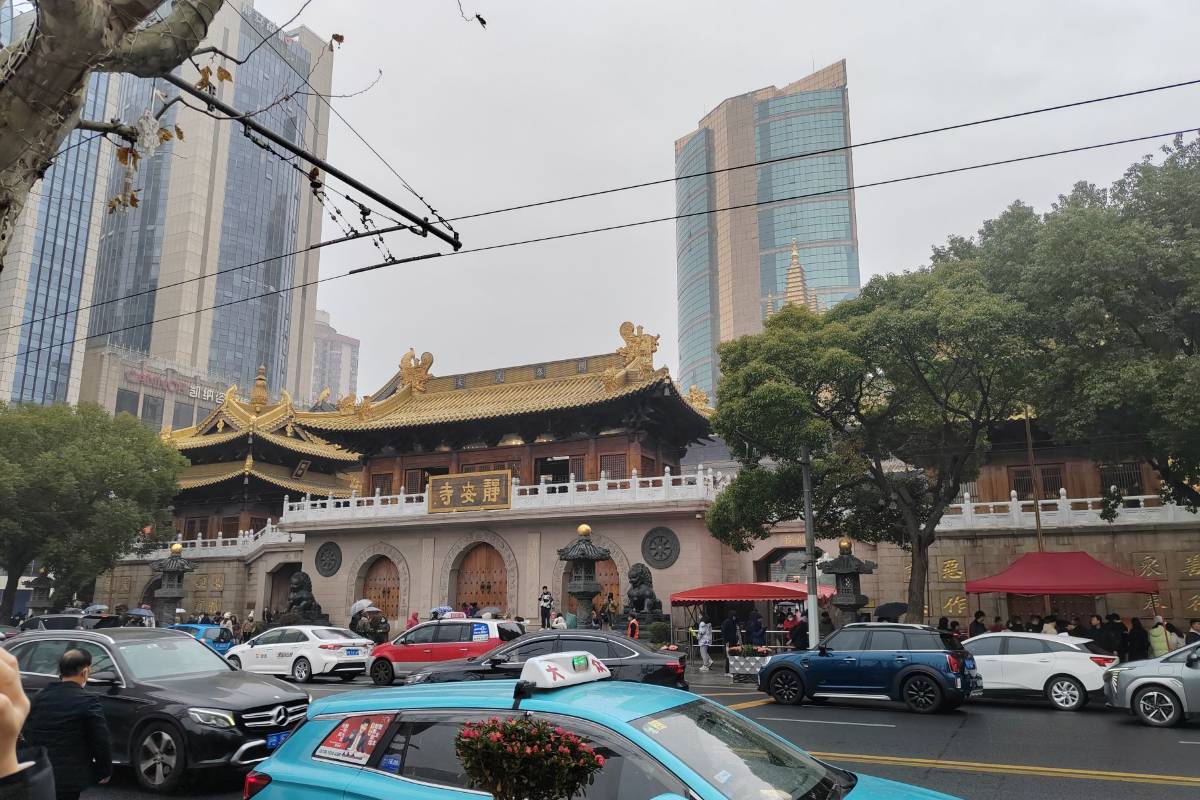
Taxis in Shanghai are generally easy to find. They’re government-regulated and mostly safe, though it’s good to stay alert.
That said, locals and tourists alike now prefer ride-hailing apps like Didi for the convenience and price transparency. Many drivers don’t speak English, so the app really helps bridge the gap.
📱 Popular Ride-Hailing Apps
Didi Chuxing (滴滴出行) is the go-to ride-hailing app in Shanghai. It works much like Grab—download it from the App Store or Google Play, and you can use your Singapore credit card to pay. The app has English language support, and you’ll see upfront pricing, driver ratings, and car types (from economy to premium).
A newer alternative is Amap Taxi (高德打车), which aggregates multiple platforms, but it’s mainly in Chinese—better for those familiar with the language or with help from a local friend.
💸 Fare Estimates
Here’s a quick sense of the prices:
- City center to Pudong Airport: ~¥180–220 (about S$35–45).
- Short inner-city ride: ~¥20–40 (about S$4–8).
- Evening surcharge (after 11pm) may apply: ~30% more.
- Expect extra toll charges for airport or highway routes.
💰 How to Pay?
If you’re using Didi, payment is done in-app. For regular taxis, cash is still king, though some newer ones accept WeChat Pay or Alipay.
⚠️ Tips
- Some drivers intentionally take longer routes—use GPS to follow along.
- At airports, avoid anyone who approaches you with “Taxi? Taxi?” offers.
- During peak hours or rainy days, it may be hard to get a Didi—book early or expect surge pricing.
Get China eSIM Now
⛴️ Ferry & Cruise
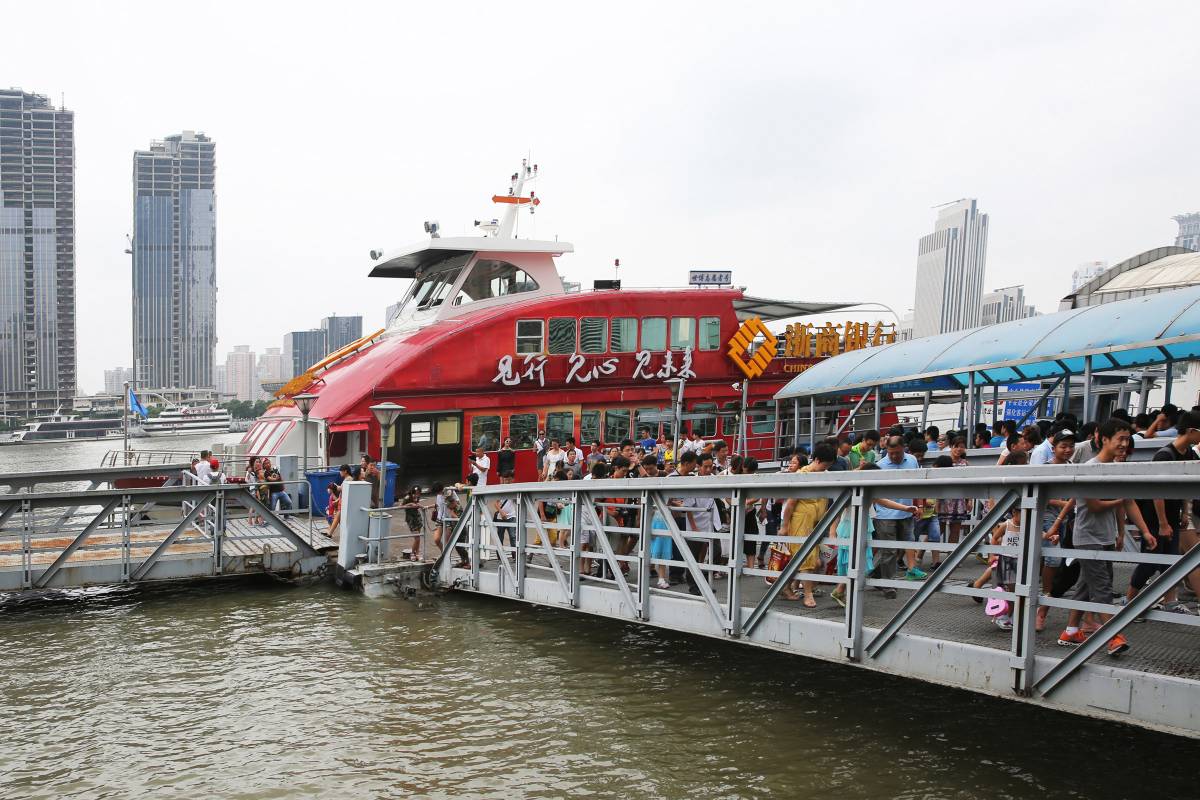
Shanghai offers a few water-based transport options—great if you want to switch up the usual subway ride with something more scenic. The most iconic is the Shanghai Ferry (上海轮渡). These ferries cross the Huangpu River between Puxi and Pudong, mostly used by locals but also fun for tourists.
There are also private river cruises along the Huangpu River, especially popular at night when the skyline lights up beautifully.
🗺️ Where it Goes?
Public ferries run between several piers like Dongchang Road Pier (东昌路码头) and Fuxing East Road Pier (复兴东路码头), connecting older districts like the Bund with Lujiazui's modern skyscrapers.
If you're hopping on a river cruise, you’ll board at places like Shiliupu Wharf (十六铺码头), right next to the Bund. Some cruises even include dinner or themed experiences—great for a night out.
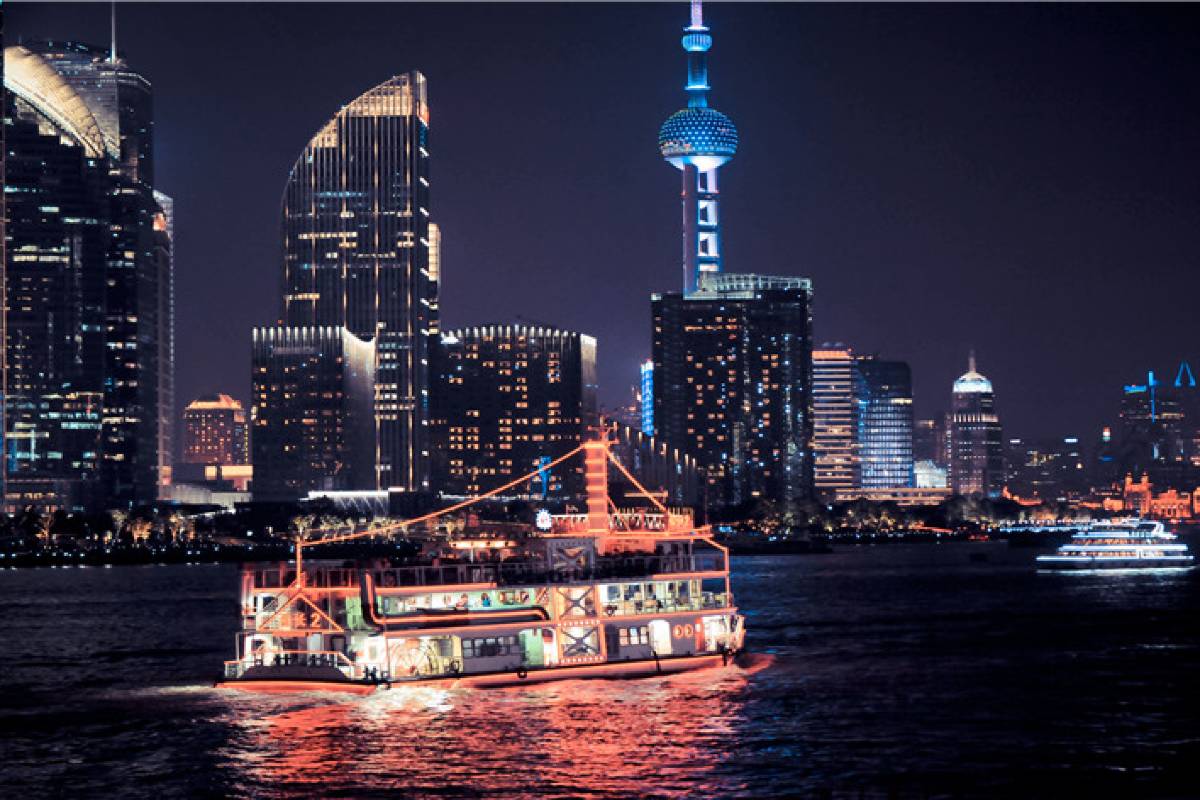
🕒 Timings & Frequency
Ferry | Cruise | |
Operating hours | 6:30 AM to 10:00 PM | From 6:30 PM to about 9:30 PM |
Frequency | Every 10–20 minutes | / |
💸 Tickets
A ride on the public ferry is super affordable—usually around ¥2–5 (about S$0.36-0.9). You can use your Shanghai Public Transport Card (like an EZ-Link) or pay cash at the pier.
For cruises, expect to pay ¥100–200+ (about S$18-36), depending on length and whether there’s food included. Tickets can be bought at the pier or online (Trip.com is a good option with English support).
⚠️ Tips
Ferry boarding can be a bit wobbly, so seniors or anyone with mobility issues should take extra care. Some piers may not have lifts. Also, prepare for the wind, cold, or splash if you sit on the open deck—especially in winter or during rainy spells.
👉 If you’re exploring The Bund, check out our full guide to Things to Do in Shanghai for more riverside gems!
🚋 Sightseeing Bus & Bund Sightseeing Tunnel
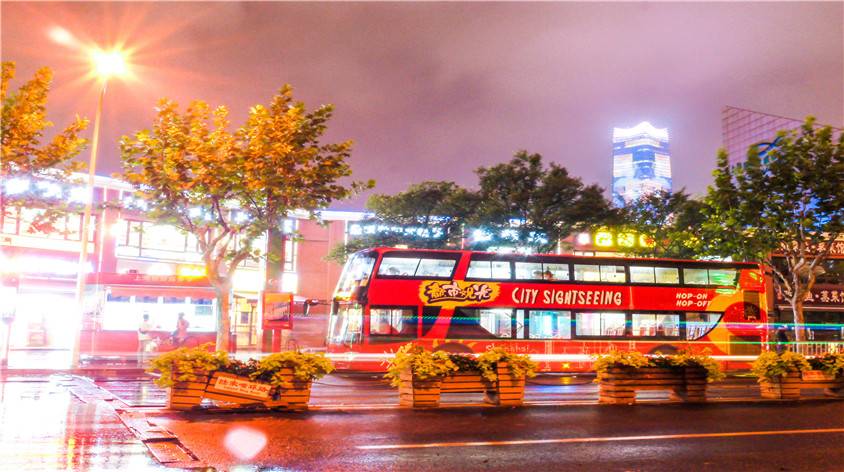
In Shanghai, one fun and unique way to explore is by taking the historic tram-style sightseeing buses or the quirky Bund Sightseeing Tunnel—a short, flashy light show ride under the Huangpu River.
The Bund Tunnel is great for kids or first-time visitors—it’s touristy, but fun! The sightseeing bus is perfect if you want to explore at a relaxed pace without walking too much.
💰 Tickets
The Bund Sightseeing Tunnel costs around ¥50–70 (about S$9-12.6) one way—definitely more for the experience than the commute! Tickets can be bought at the entrance on the Puxi or Pudong side.
Sightseeing buses start at around ¥30–40 (about S$5.4-7.2) for hop-on-hop-off access, and you can buy passes online or at major stops like People’s Square.
🚴♂️ Shared Bikes
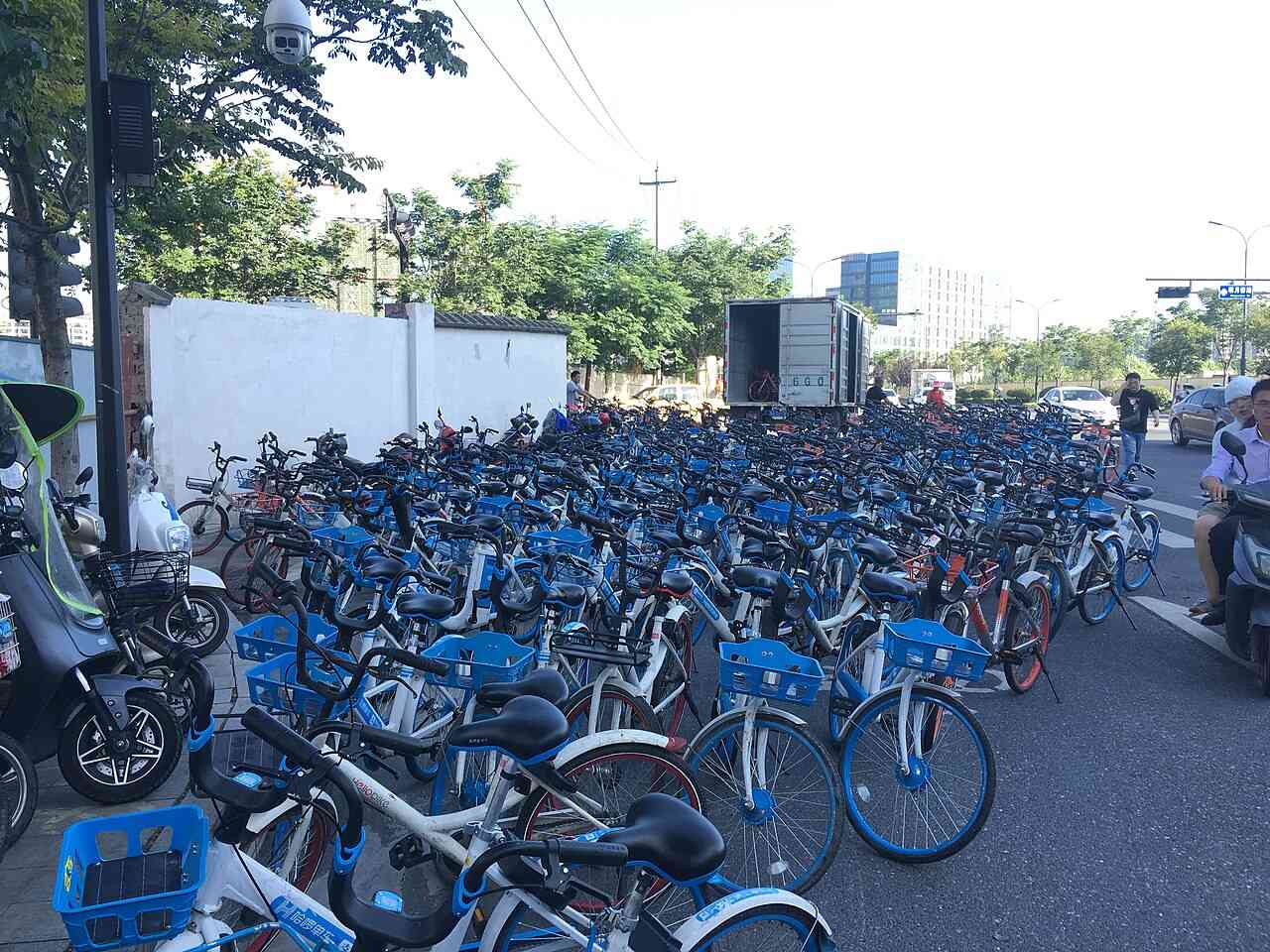
Source: Wikipedia
You won't find Grab-style motorbike taxis here—it’s mostly a DIY ride. Hello Bike (哈啰单车) and Meituan Bike (美团单车) are everywhere and super popular for short trips. These shared e-bikes are part of the local app ecosystem, used widely by locals.
📍 Where to Find Them?
You’ll spot rows of bikes and e-scooters near metro stations, malls, parks, and residential areas. They’re usually dockless—just parked neatly on sidewalks.
Look for colour-coded ones: blue for Hello Bike, yellow for Meituan. Just scan and go!
📲 How to Use?
You’ll need to download the Hello Bike or Meituan app (available on the App Store or via Alipay/WeChat).
- Open app → Find nearby bike
- Scan the QR code → Unlock
- Ride → Park responsibly → Tap “End”
It costs around ¥1–2 (about S$0.18-0.36) per 15 minutes.
⚠️ Tips
- Helmets not provided.
- Avoid during rain—slippery roads and zero shelter.
- App glitches or ID verification issues may pop up—don't rely on it as your only way home.
🚗 Car Rentals
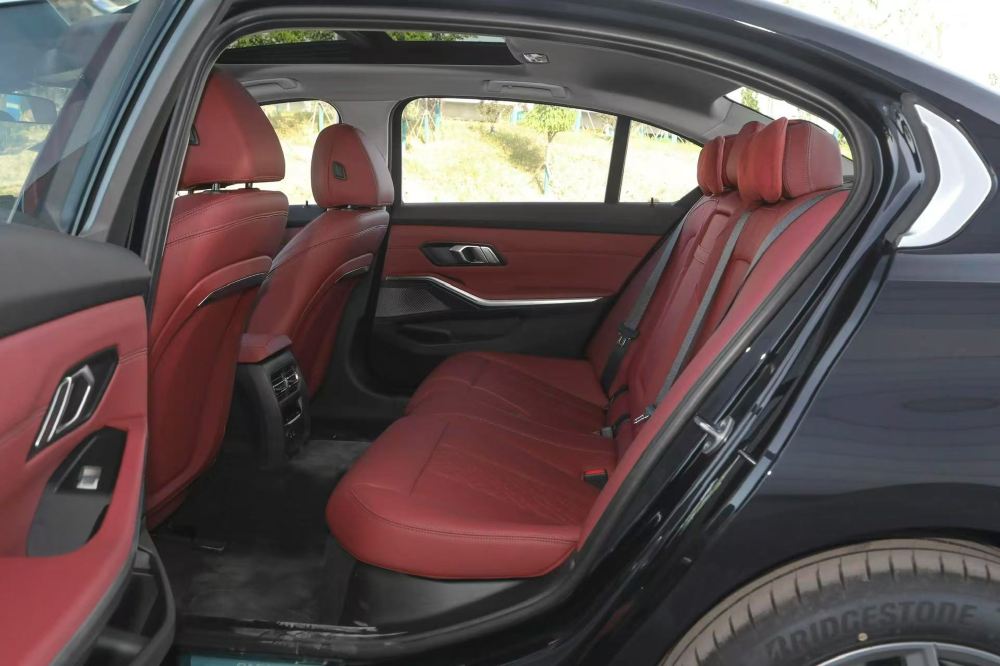
Honestly? Skip it. Driving in Shanghai city itself can be overwhelming—heavy traffic, confusing road rules, and limited parking make it less ideal for most visitors.
However, renting a car makes more sense if you’re:
- Planning day trips to nearby cities (e.g., Suzhou, Hangzhou)
- Traveling with young kids or elderly parents
- Staying in the suburbs or countryside
For city exploration, it’s usually better to rely on taxis, metro, or ride-hailing.
📍 Where to Rent a Car?
You’ll find car rental counters at Pudong and Hongqiao Airports, as well as in city centres and online.
📄 Requirements for Tourists
Tourists cannot drive in China with just a Singapore licence or an International Driving Permit (IDP).
You must apply for a temporary Chinese driving permit, which requires:
- A valid Singapore driving licence
- Passport
- Recent photo
- Short health check (sometimes at airport rental counters)
Advance planning is key!
💸 Cost
- Daily rental: From ¥250–400 (about S$45-72), economy to mid-size cars
- Deposit: ¥3,000–5,000 (about S$540-900)
- Fuel: Usually full-to-full policy
- Extra fees: Toll roads are common; parking in downtown can cost ¥10–20/hour (about S$1.8-3.6)
⚠️ What to Watch Out For?
- Right-hand driving (opposite of SG).
- Finding parking can be tricky—many areas are restricted to residents.
- Cameras are everywhere: don’t speed or run yellow lights.
🚶 Exploring on Foot in Shanghai
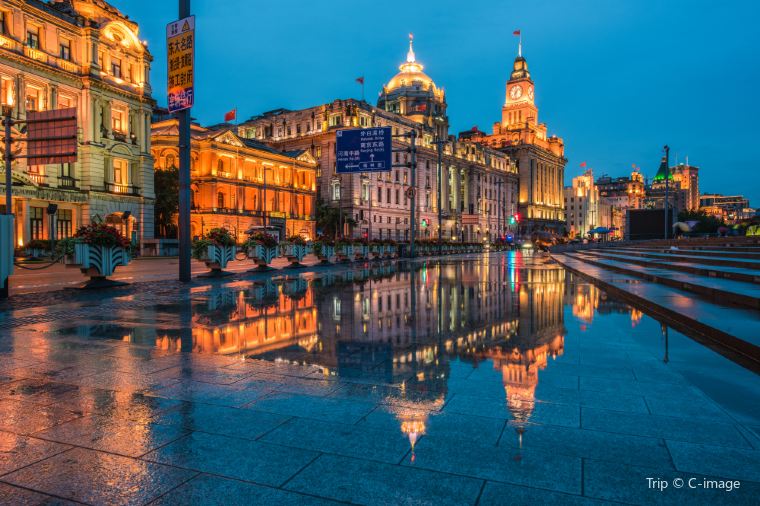
Is Shanghai Walkable? The answer is a big Yes—and in many parts, it’s actually a joy to walk! Shanghai blends modern architecture with charming old lanes, and many key attractions are close enough to stroll between.
If you're staying in central areas, you can easily cover a lot just by walking, without needing to hop on the metro for every small stop.
🛣️ Citywalk in Shanghai
Google Maps works fine in Shanghai if you’re using mobile data or a VPN (since it’s blocked without one), but locals often use Baidu Maps or Amap, which are more accurate—but all in Chinese. If you want an offline backup, downloading Maps.me is a safe bet.
Street signs are mostly bilingual (Chinese + English) in popular districts. It’s also pretty safe to walk around—even at night in the city center, the streets stay lively and well-lit. Just avoid super quiet alleyways and stay aware of your surroundings, like you would anywhere.
🌦️ Weather in Shanghai
Shanghai’s seasons can impact your walking plans. Spring and autumn are lovely for long strolls, with cool breezes and blooming parks. But summers get hot and humid, with frequent afternoon showers—think Singapore-style heat, but without the sheltered walkways. In winter, bring a proper jacket—it can dip below 5°C, and the wind bites!
📸 Scenic Walks
One of the best walks? Definitely the Bund promenade at sunset—it runs along the Huangpu River with postcard views of the skyline. Another favourite is Tianzifang, a maze of charming old alleys filled with boutiques, art, and cafes. For something greener, Fuxing Park or Century Park are great for slow strolls and people-watching.
⚠️ Tips
- Some areas may have narrow or crowded sidewalks, especially near street markets
- Construction zones pop up often—watch your step
- Hot summer days can make long walks exhausting—carry water and maybe a folding fan!
👉 Planning where to stay? Check out our Where to Stay in Shanghai guide to choose the best walkable neighborhoods.
🚄 China High Speed Train
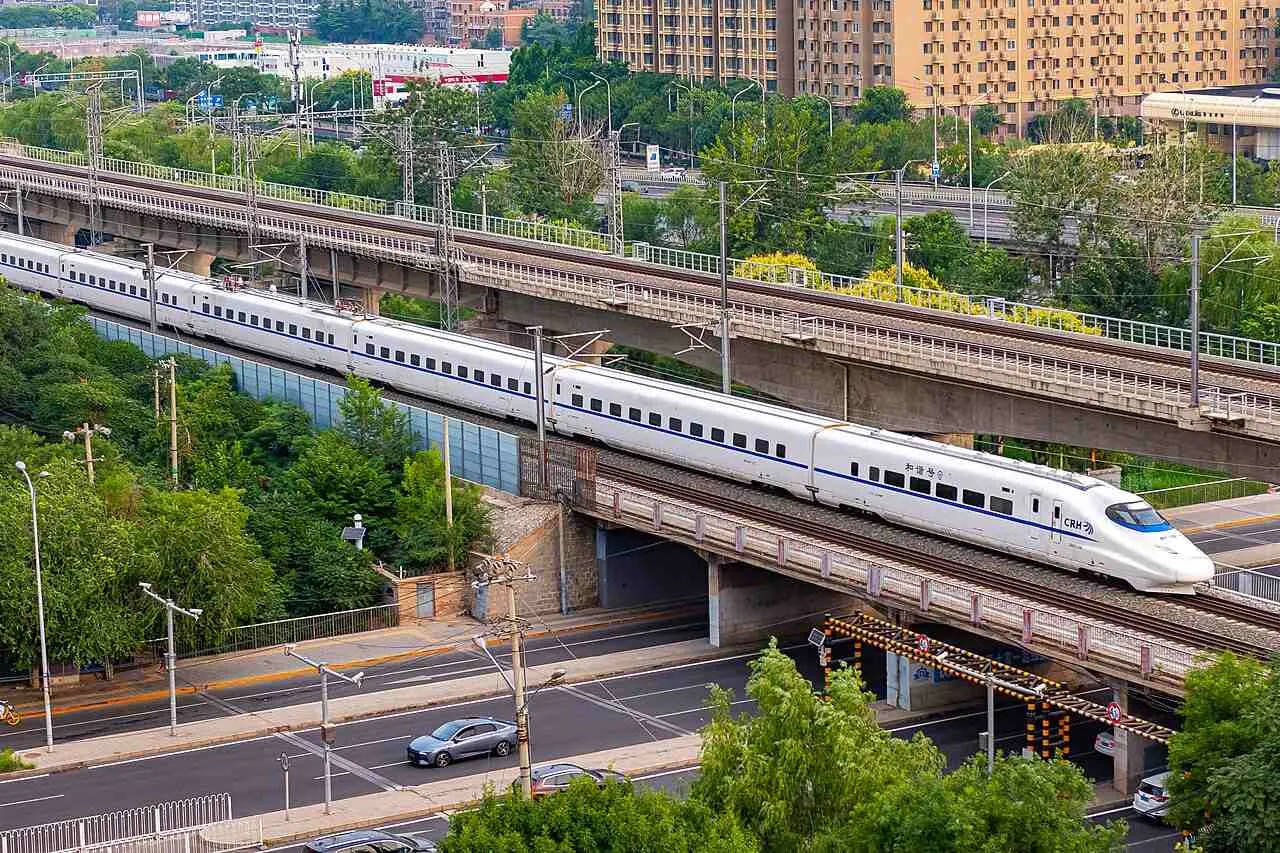
Source: wikivoyage
China’s high-speed rail (HSR) network is one of the best in the world—fast, modern, and incredibly convenient. Trains can reach speeds of up to 350 km/h, making it easy to travel between major cities like Shanghai, Beijing, Hangzhou, and Guangzhou in just a few hours.
Trains are clean, punctual, and comfortable, with different classes like Second Class, First Class, and Business Class. Tickets can be booked online (Trip.com is popular), and signage in major stations usually includes English, so it’s quite tourist-friendly. If you're planning intercity travel, the high-speed train is often faster and smoother than flying!
🎯 Which Option is Best for You?
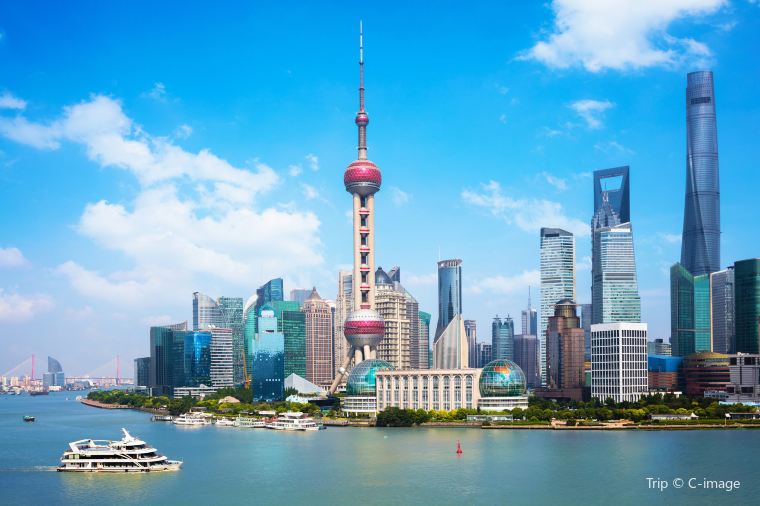
Getting around Shanghai is part of the adventure—whether you’re gliding through the city on the metro, hopping into a cab after dinner, or soaking in skyline views from a river ferry. It’s a city that’s fast-paced yet surprisingly easy to navigate once you get the hang of it.
Persona | Best Transport |
First-time visitors | Metro + Ride-Hailing |
Families | Metro + DiDi / Private Transfers |
Budget Travelers | Metro + Buses + Walking |
Solo Explorers | Metro + Walking + E-Bike |
Late-night Arrivals | DiDi from airport or airport hotel shuttles |
Mix and match your rides—metro for speed, taxis for comfort, and maybe a tram or ferry for fun. Having mobile data helps a lot too, so don’t forget to check out the best eSIMs for China. Explore Shanghai now!



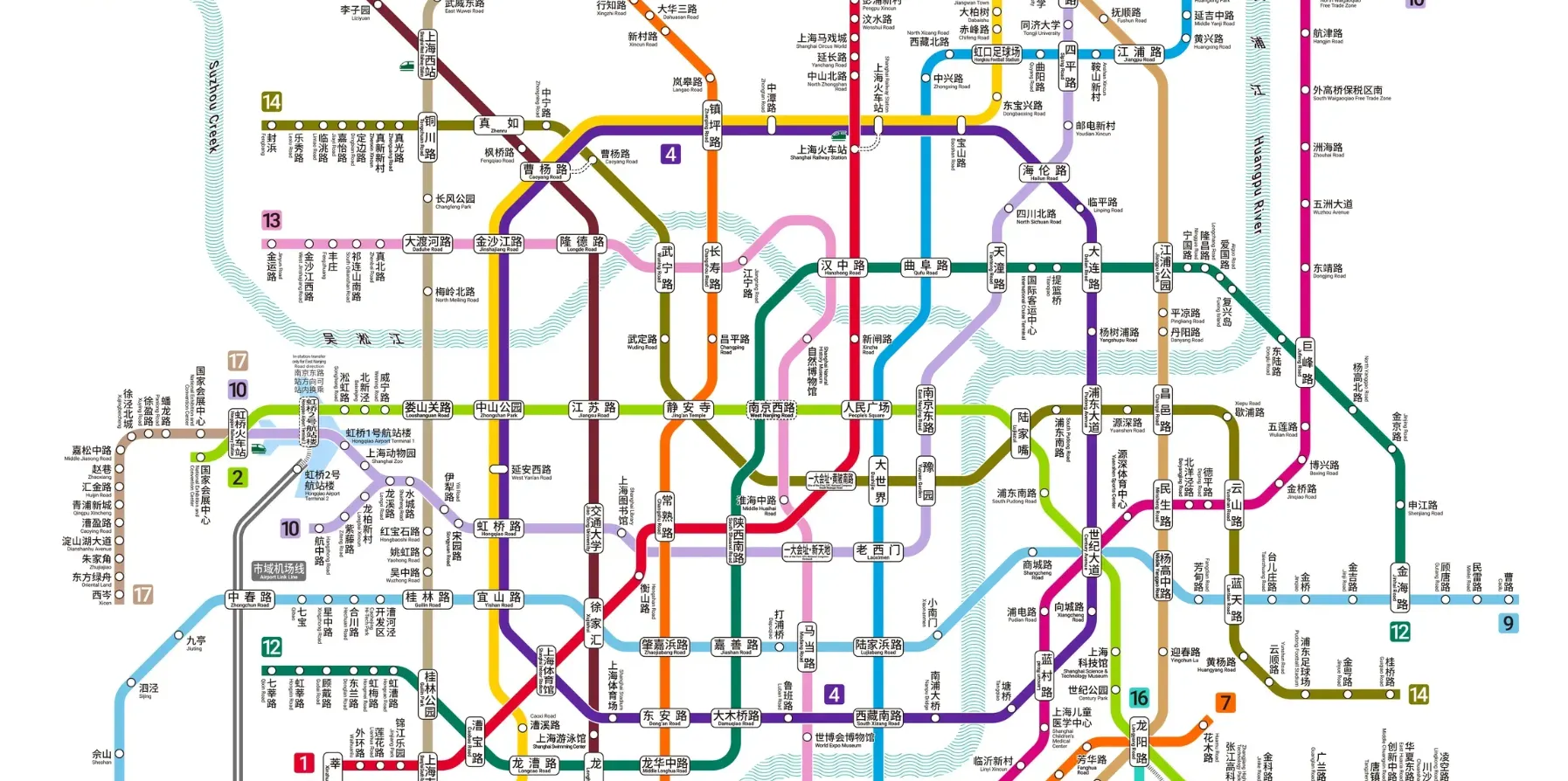
 414758 booked
414758 booked